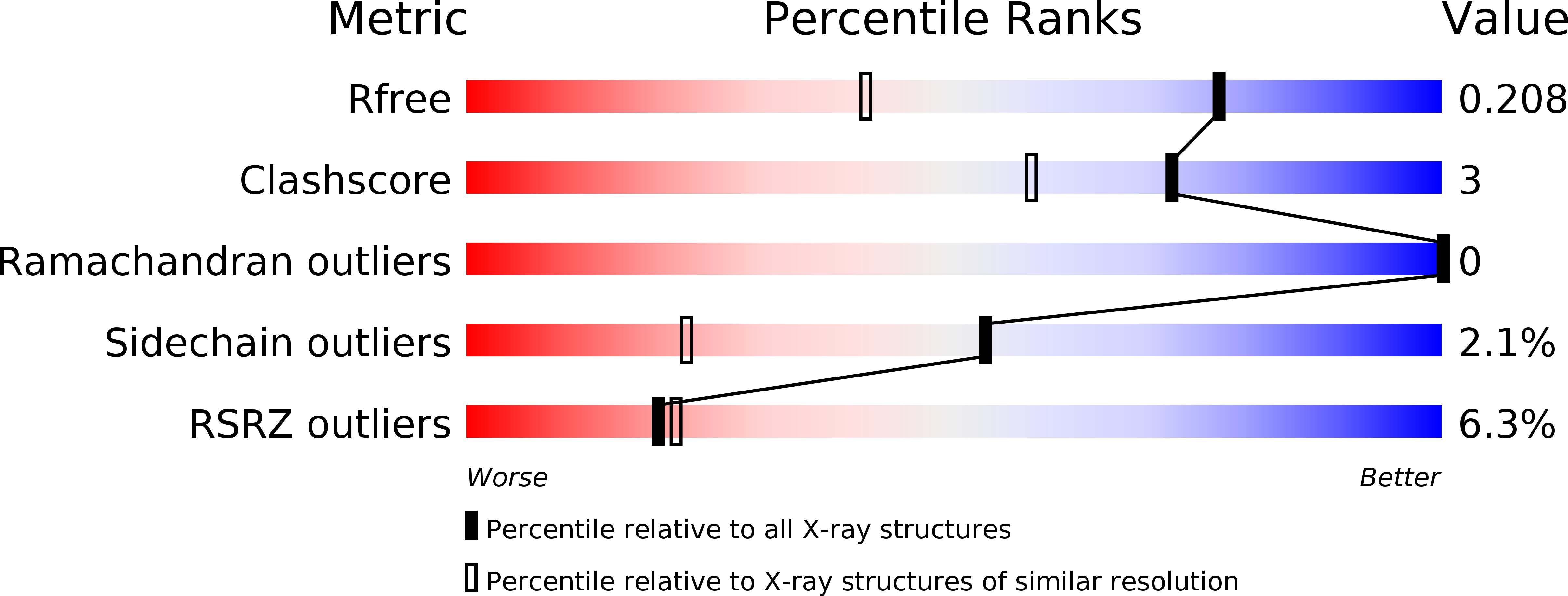
Deposition Date
2010-05-06
Release Date
2010-07-14
Last Version Date
2024-11-06
Entry Detail
PDB ID:
3MWZ
Keywords:
Title:
Crystal structure of the selenomethionine derivative of the L 22,47,100 M mutant of sialostatin L2
Biological Source:
Source Organism:
Ixodes scapularis (Taxon ID: 6945)
Host Organism:
Method Details:
Experimental Method:
Resolution:
1.52 Å
R-Value Free:
0.20
R-Value Work:
0.17
R-Value Observed:
0.17
Space Group:
I 2 3


